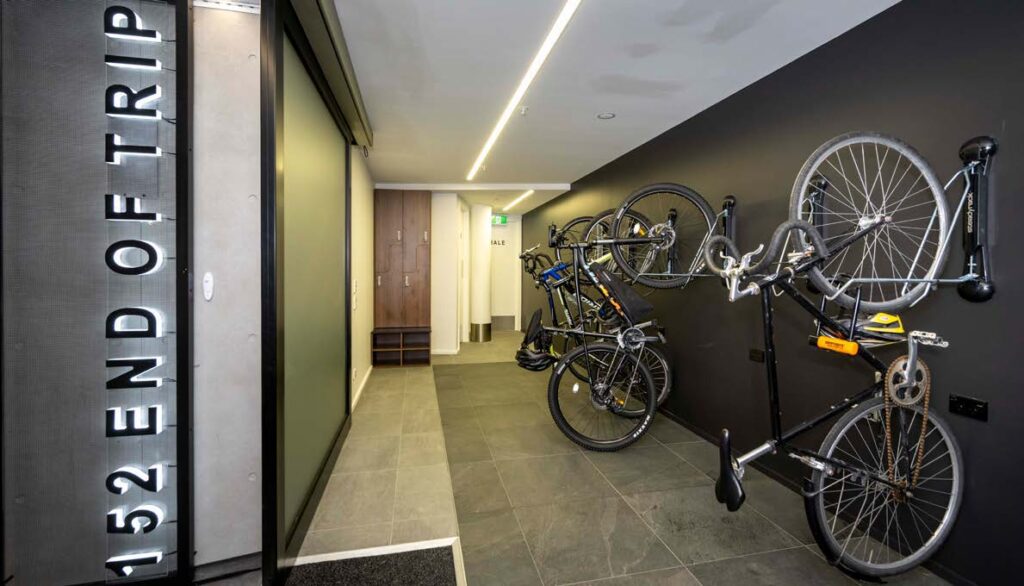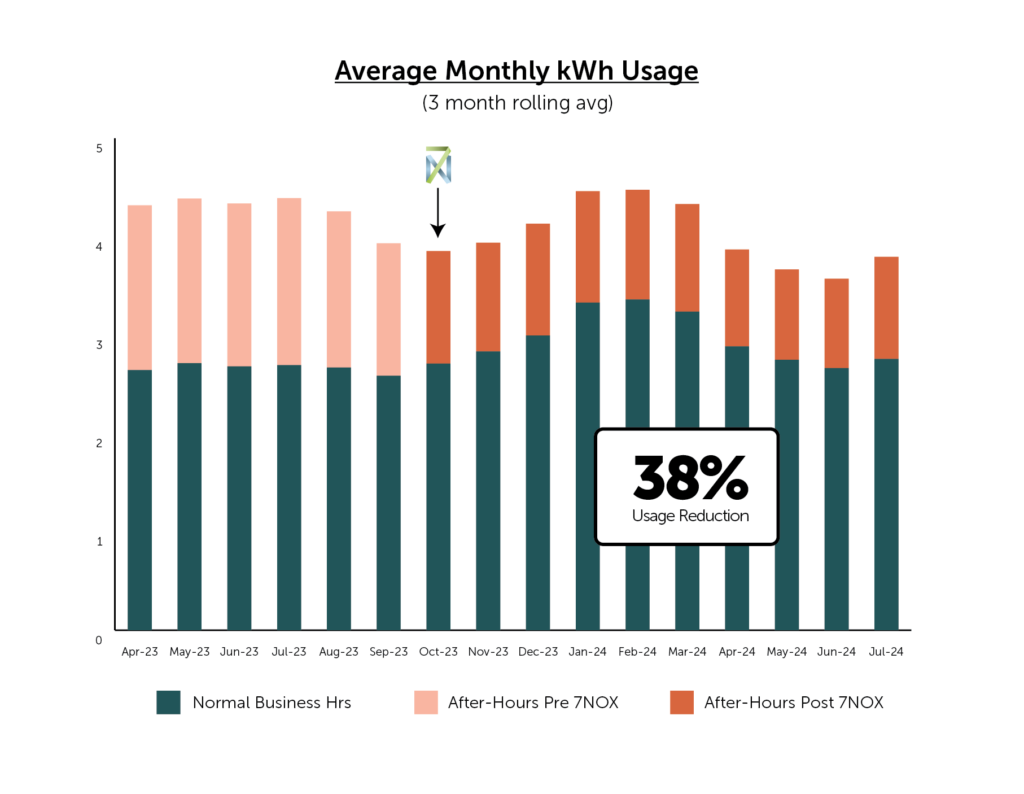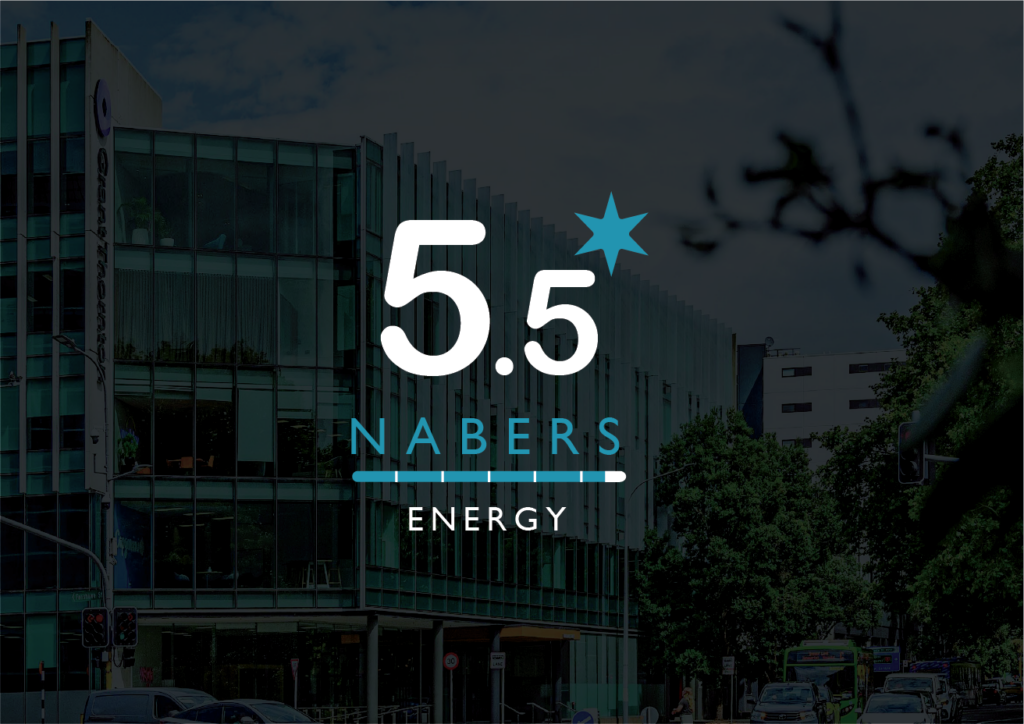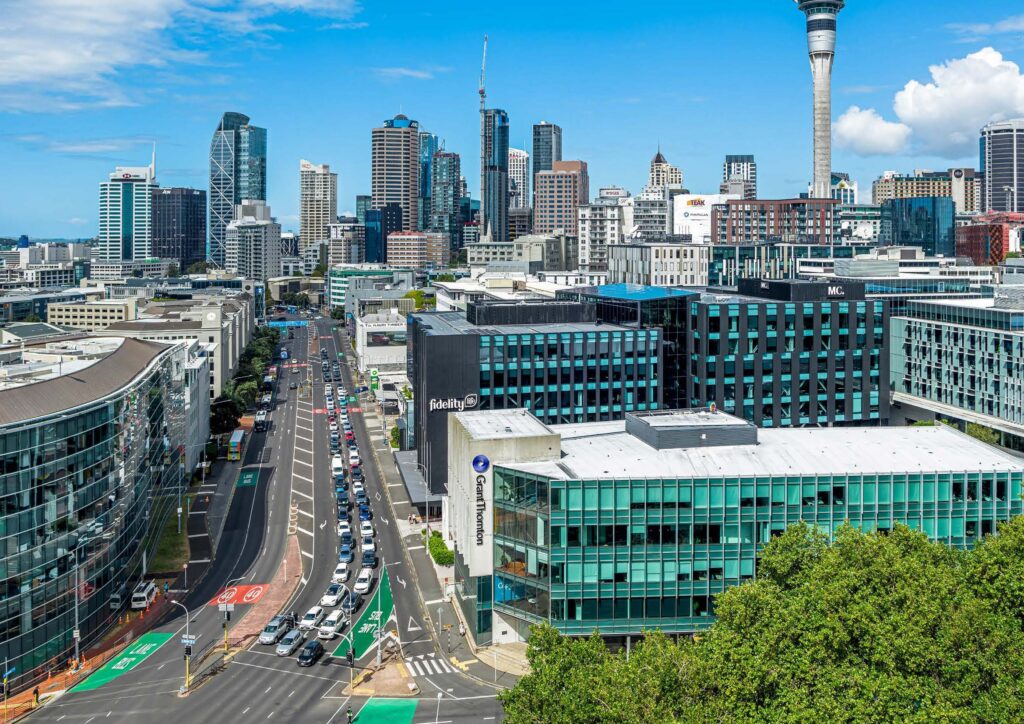In 2021, the premium office building at 152 Fanshawe Street, situated in the heart of Auckland, was acquired with a clear vision: to transform it into a beacon of energy efficiency and sustainability. The goal was to align the property with contemporary environmental standards, tenant expectations, and future regulations. However, this vision was met with significant challenges that required innovative solutions to overcome. Read the full case study here.
Upon acquisition, the building presented multiple hurdles:
- Inaccurate Billing: The separation of tenancy and landlord billing was flawed, making it difficult to measure the base building load effectively.
- Uncontrolled HVAC Systems: The HVAC system was not synchronized with tenant hours, leading to unnecessary energy consumption during after-hours periods.
- Outdated Infrastructure: The existing infrastructure, including after-hours control systems, contributed to excessive energy use and inefficiencies.
These challenges were not just operational concerns but also impediments to achieving a high NABERS rating—a critical measure of the building’s environmental performance. Over the next two years, a series of sustainability measures were implemented, with a particular focus on reducing energy consumption during after-hours and improving billing accuracy. Central to this effort was the implementation of the 7NOX app.

Challenges Before 7NOX Implementation
Before the integration of 7NOX, the building’s operations were plagued by inefficiencies that not only inflated costs but also compromised tenant satisfaction.
1. Uncontrolled HVAC Usage
The HVAC system was a major pain point. Its operations were not aligned with tenant schedules, resulting in unnecessary energy consumption during after-hours. The system relied on manual activation, which meant that once initiated, it often remained operational overnight, leading to substantial energy waste.
2. Inaccurate Billing
Another significant issue was the lack of accurate billing for after-hours HVAC usage. Without an automated system to track and charge tenants for their specific usage, billing discrepancies were common, leading to tenant dissatisfaction and potential revenue losses. The separation between tenant and landlord utility metering was also imprecise, complicating the measurement of the building’s base load and hindering efforts to improve energy efficiency.
3. Impact on NABERS Rating
These inefficiencies not only drove up operational costs but also posed a significant barrier to achieving a high NABERS rating. The uncontrolled after-hours energy consumption and billing inaccuracies were major obstacles to improving the building’s environmental performance and sustainability credentials.

Implementation of the 7NOX App
The introduction of the 7NOX app marked a turning point in the building’s journey toward energy efficiency. The app was chosen for its ability to address the specific challenges faced by the property, particularly in terms of after-hours energy management and billing accuracy.
Integration with Existing Systems
The first step in the process was the seamless integration of the 7NOX app with the building’s existing HVAC and billing systems. This integration required minimal disruption to tenants and building operations, ensuring a smooth transition to the new system.
The app was configured to interface directly with the Building Management System (BMS), allowing it to control the HVAC units according to specific after-hours requests made by tenants. This ensured that the HVAC system only operated when needed, significantly reducing unnecessary energy consumption. Additionally, the integration allowed for precise tracking of each tenant’s after-hours usage, which was crucial for accurate billing.
Key Features of 7NOX
The 7NOX app introduced several key features that revolutionized how after-hours HVAC services were managed:
- Automated Scheduling: Tenants could now book after-hours HVAC services in advance, ensuring that the system was only active during the specified times. This automation eliminated the issue of HVAC systems running unnecessarily, contributing to significant energy savings.
- Precise Billing: One of the standout features of 7NOX was its ability to accurately track and bill tenants for their specific after-hours usage. This not only improved billing accuracy but also increased tenant accountability, as they were now directly responsible for their after-hours energy consumption.
- User-Friendly Interface: Designed with ease of use in mind, the app featured an intuitive interface that allowed tenants and facility managers to schedule HVAC services, view usage reports, and manage billing with just a few clicks.
- Customizable Settings: Facility managers had the option to set parameters within the app, such as limiting the maximum number of hours the HVAC system could be run after hours. This feature further enhanced control over energy usage, contributing to overall efficiency.
Results: A Clear Impact on Energy Efficiency and Cost Savings
The results of the 7NOX implementation were both immediate and impressive, showcasing the app’s effectiveness in transforming the property’s energy management.
1. Significant Energy Savings
The introduction of the 7NOX app led to a substantial reduction in after-hours HVAC usage. Data from an 18-month period following the app’s implementation showed a 38% decrease in after-hours energy consumption. This reduction was directly attributable to the app’s precise scheduling and billing controls, which ensured that the HVAC system was only active when needed.

2. Financial Benefits
The reduction in energy usage translated directly into financial savings for the property. By curbing unnecessary energy consumption, the building was able to lower its operational costs significantly. These savings were further amplified by the app’s accurate billing feature, which ensured that tenants were only charged for the energy they actually used, fostering a more efficient and transparent energy management system.
3. Improvement in NABERS Rating
The substantial decrease in after-hours energy usage played a pivotal role in improving the building’s NABERS rating. The building’s rating rose to 5.5 stars, reflecting its enhanced sustainability credentials. This achievement not only improved the property’s environmental footprint but also made it more attractive to high-value tenants who prioritize environmental responsibility.
4. Enhanced Tenant Satisfaction
Tenants benefited from the increased transparency and control over their after-hours energy usage, which the 7NOX app facilitated. The ability to easily schedule HVAC services and see the associated costs helped build trust and satisfaction among tenants, leading to higher retention rates and a more engaged tenant base.

Conclusion: A Model for Sustainable Building Management
The implementation of the 7NOX app at 152 Fanshawe Street serves as a model for sustainable building management in the commercial real estate sector. By addressing the inefficiencies that previously plagued the property, 7NOX has proven to be a game-changer, delivering substantial energy savings, precise billing accuracy, and a significant reduction in after-hours HVAC usage. These improvements not only reduced operational costs but also played a pivotal role in elevating the building’s NABERS rating to 5.5 stars.
The success of 7NOX at 152 Fanshawe St highlights its potential to be replicated in other commercial buildings seeking to improve their energy management practices. Whether the goal is to enhance energy efficiency, reduce costs, or improve tenant satisfaction, 7NOX provides a scalable and effective solution that aligns with the growing demand for green building practices in the commercial real estate sector.
For facility managers, property owners, and systems integrators, the case study of 152 Fanshawe Street offers valuable insights into the benefits of adopting advanced energy management solutions like 7NOX. As the push for sustainability in commercial buildings continues to grow, tools like 7NOX will be essential in achieving these goals and creating more environmentally friendly, cost-efficient properties.


